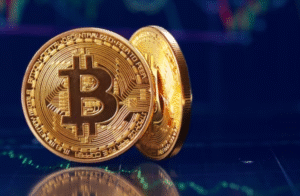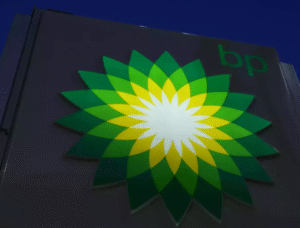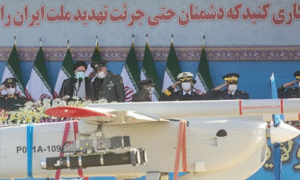$NG $OIL $BTC
#Iran #EnergyCrisis #NaturalGas #OilPrices #AirPollution #CrudeOil #MiddleEast #ColdSnap #EnergyInfrastructure #GlobalMarkets #GasShortages #Crypto
Despite holding the world’s second-largest natural gas reserves, Iran continues to face severe energy shortages during the winter months. The recent cold snap has magnified the country’s systemic energy infrastructure deficiencies, raising alarms about its ability to meet heating and power demands. As temperatures dropped sharply in recent weeks, the strain on Iran’s supply network resulted in drastic measures, such as shifting school classes online and closing government offices to conserve energy. This situation underlines the paradox of a resource-rich nation unable to efficiently translate its reserves into operational resilience. The growing energy shortfall highlights systemic underinvestment, sanctions-related constraints, and operational inefficiencies, which are now setting off ripple effects in domestic markets and potentially influencing regional energy pricing. Natural gas prices, represented by commodities like $NG, could be further pressured if geopolitical tensions and production inefficiencies persist.
One of the significant consequences of Iran’s energy gap is the increased reliance on heavy fuel oil or “mazut” for electricity generation. The burning of mazut not only causes a surge in greenhouse gas emissions but also worsens the country’s already critical air pollution crisis, particularly in urban centers like Tehran. This has implications beyond environmental concerns. The Iranian government’s need to prioritize domestic consumption often reduces its export capacity, adding strain to global energy markets at a time when supply chains are already vulnerable. Oil prices, represented by $OIL, could see knock-on effects if Iran’s energy exports tighten further, particularly given the significance of Middle Eastern suppliers in stabilizing global crude output. Such dynamics could also lead to upward pressure on inflation trends in regions that depend heavily on energy imports, further complicating policy decisions for central banks worldwide.
Iran’s energy struggles also shed light on the broader geopolitical and economic factors at play. Decades of sanctions have hindered the country’s ability to modernize its energy infrastructure, creating a widening gap between its raw resource potential and actual production capacity. These longstanding constraints limit foreign investment in Iran’s energy sector, which could otherwise boost efficiency, output, and export capabilities. The lack of infrastructure modernization has broader implications for the global energy landscape, particularly as the world transitions to cleaner energy. Heightened uncertainty in Iran not only impacts traditional markets like oil and gas but also creates opportunities in decentralized alternatives like cryptocurrencies such as $BTC, as citizens and investors seek to hedge against economic instability and the weakening rial.
The ongoing energy crisis in Iran underscores the intersection of resource management, sanctions-driven economic isolation, and environmental degradation. While the country grapples with pressing domestic challenges, the potential regional and global market consequences of a prolonged supply shortfall are significant. For investors, the crisis highlights the importance of geopolitical considerations in energy and commodity markets, emphasizing the interdependency of domestic policies and global pricing. If Iran’s domestic challenges are left unresolved, the ripple effects could exacerbate oil price volatility, drive shifts in global trade flows, and shape the future of renewable and alternative energy investments. The current situation also emphasizes the need for comprehensive energy reforms to avoid further stress on both domestic populations and interconnected global markets.







Comments are closed.